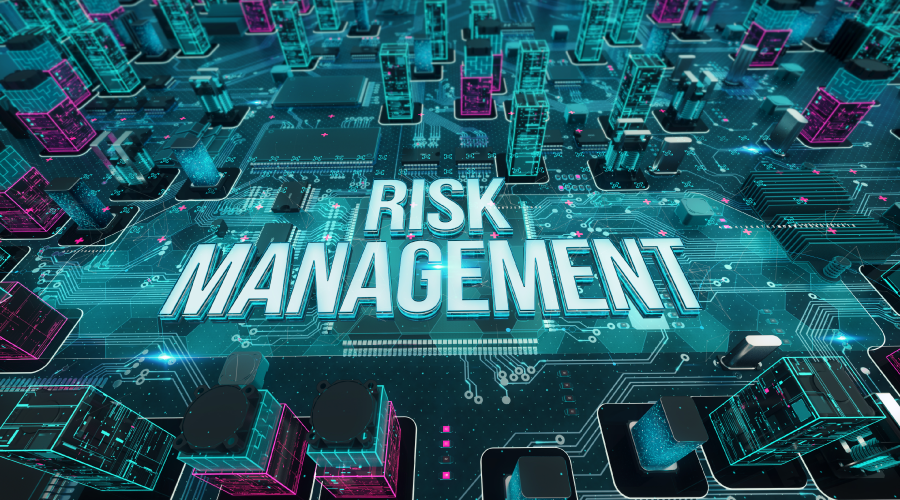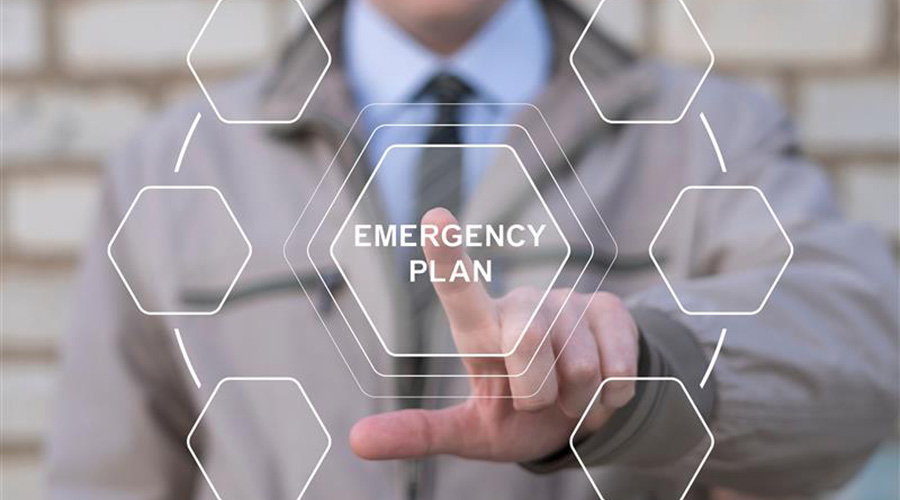Knowing Facility's Risks Offers Big Rewards When Planning Mass Notification System
While the mass notification system specification standard is a part of the national fire alarm code, mass notification and fire alarm systems are very different, says Ray Grill, principal, Arup, who served as co-chair of the committee that drafted the first version of what became the mass notification chapter.
"When you're talking about fire alarms, you're dealing with fires, and we kind of have an idea of where they can start and what the potential impacts can be on a building," says Grill. "When you're talking about mass notification events, there's such a broad potential. It can be building-specific, site-specific, even regional when you're talking about things like weather."
So even though NFPA 72 offers a point of reference for mass notification systems, Grill and other experts point out that the most critical step of installing or upgrading a system is a thorough, honest evaluation of the possible threats the facility faces and the infrastructure available.
That evaluation, or risk analysis, should include representatives from each area of the building, even the occupants, to help determine the threats. The risk analysis covers not only threats such as a bomb or an active shooter, but natural disasters as well. "For example, if we're in Hawaii, a tsunami would be one of the things on the top of our list," says Jelenewicz. "However, if that same building or facility is in Nebraska, you wouldn't really be preparing for a tsunami."
One way of determining what you need, Jelenewicz says, is to define goals. Even a goal as basic as defending the facility from a terrorist attack helps because it provides a starting point to gradually refine what is needed in particular areas. After that is accomplished, combining the needs and objectives of each stakeholder provides a picture of what the facility needs as a whole.
"The two most important things in any risk assessment are the likelihood (of the event) and what's the severity," Jelenewicz says. "Every building or every type of system is going to be unique."
Related Topics:














